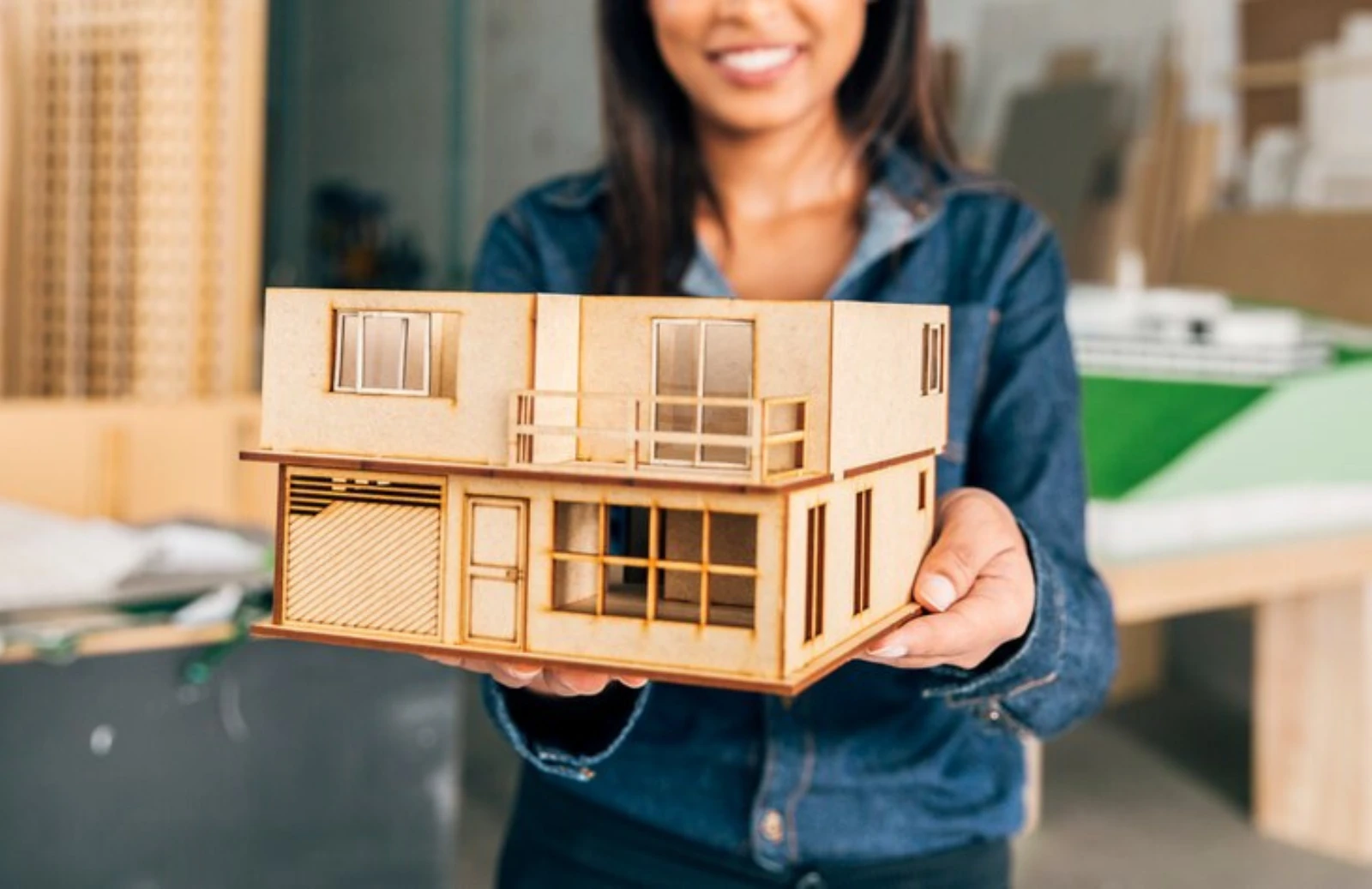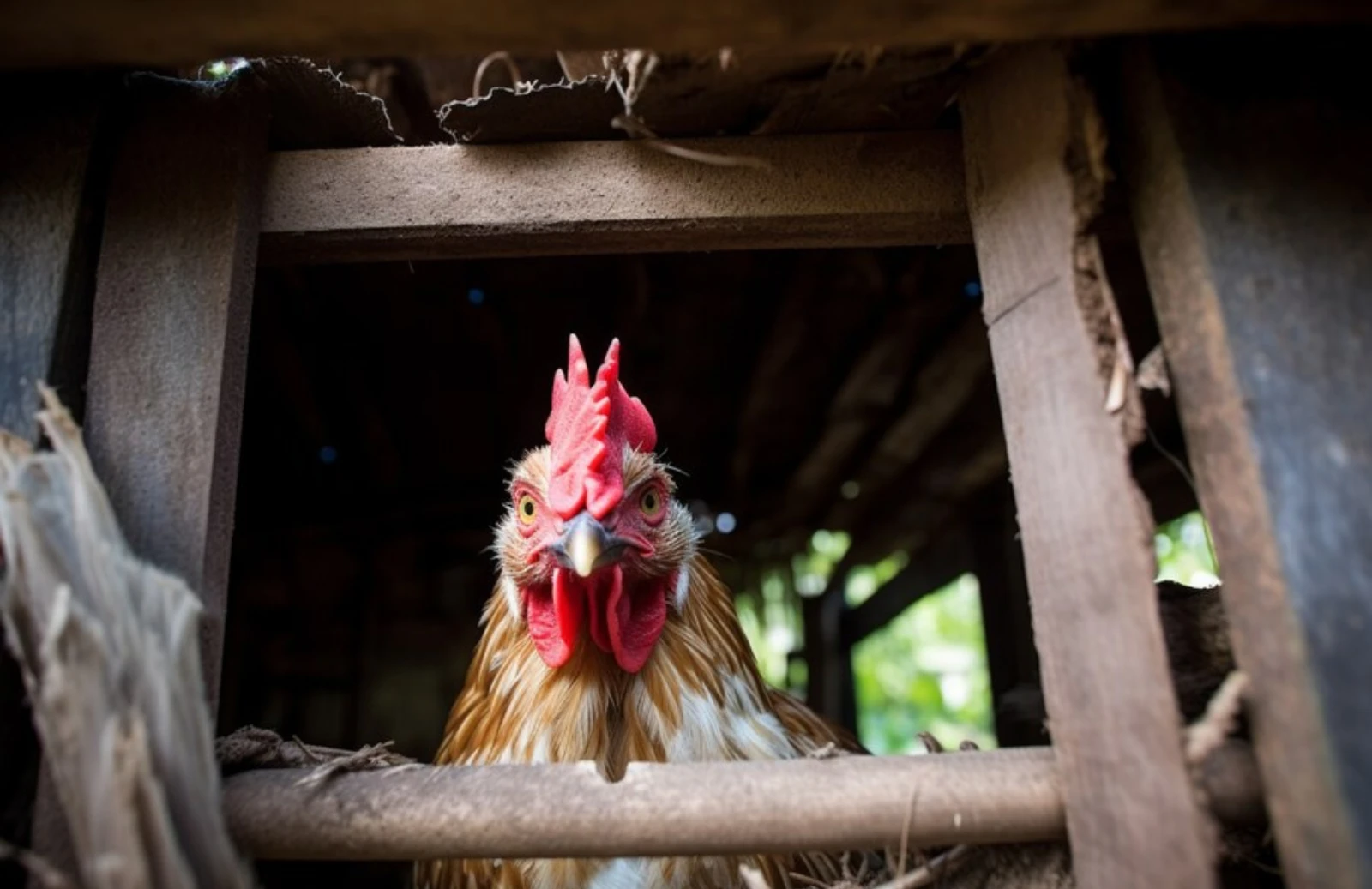Gardening enthusiasts understand that the foundation of a thriving garden lies in the quality of its soil. Yet, determining soil composition can often be a challenge, especially for beginners. A simple, cost-effective solution to understanding your garden soil’s texture is the DIY mason jar soil test. This straightforward method helps gardeners analyze the proportions of sand, silt, and clay in their soil, providing valuable insights for better gardening practices.
Why Test Your Soil?
Before diving into the “how-to,” it’s crucial to understand the “why.” Knowing your soil’s composition can guide you in selecting the right plants, amending the soil for better fertility, and improving drainage. Each type of soil component – sand, silt, and clay – has unique characteristics:
- Sand: Large particles that ensure good drainage but poor water retention.
- Silt: Medium-sized particles that retain water better than sand and contribute to soil fertility.
- Clay: Tiny particles that retain water well but may cause drainage issues if present in excess.
The ideal garden soil, known as loam, is a balanced mixture of these three components. Identifying the composition can help you make informed decisions to achieve this balance.
Materials Needed
- A clear mason jar with a lid
- A tablespoon
- Dish soap
- Water
- A ruler or measuring tape
- A permanent marker
- A soil sample from your garden
Step-by-Step Guide
- Collecting the Soil Sample: Dig down about 6 inches into your garden soil to get a representative sample. Remove any debris like rocks, roots, or leaves. You’ll need about 1 to 2 cups of soil for the test.
- Preparing the Jar: Fill the mason jar halfway with the soil sample. Add water until the jar is nearly full, leaving some space at the top.
- Adding Soap: Add a teaspoon of dish soap to the jar. The soap helps to separate the soil particles, making it easier to identify the layers.
- Shaking the Mixture: Secure the lid tightly and shake the jar vigorously for 2-3 minutes. This thorough mixing ensures that the soil particles are suspended in the water.
- Settling Time: Place the jar on a flat surface and let it sit undisturbed for 24-48 hours. This settling period allows the particles to separate based on their size.
- Observing the Layers: After the settling period, you’ll notice distinct layers in the jar. The heaviest particles, sand, will settle at the bottom. The silt layer will form above the sand, and the fine clay particles will settle on top.
- Measuring the Layers: Use a ruler to measure the thickness of each layer. Record these measurements.
- Calculating Percentages: Determine the total height of the soil layers combined. Then, calculate the percentage of each layer:
- Sand percentage = (Height of sand layer / Total height) * 100
- Silt percentage = (Height of silt layer / Total height) * 100
- Clay percentage = (Height of clay layer / Total height) * 100
Interpreting Results
Now that you have the percentages, you can interpret the soil texture using a soil texture triangle, a tool that classifies soil types based on the proportions of sand, silt, and clay. For example:
- Sandy Soil: Over 70% sand, less than 15% clay.
- Silty Soil: Over 80% silt, less than 12% clay.
- Clay Soil: Over 40% clay.
Enhancing Your Soil
Once you know your soil type, you can take steps to improve it:
- For Sandy Soil: Add organic matter like compost to improve water retention and nutrient content.
- For Silty Soil: Ensure good drainage and add organic matter to enhance structure.
- For Clay Soil: Incorporate sand and organic matter to improve drainage and aeration.
Conclusion
The DIY mason jar soil test is a powerful yet simple tool for any gardener. By understanding your soil composition, you can tailor your gardening practices to create the optimal environment for your plants. Happy gardening!










